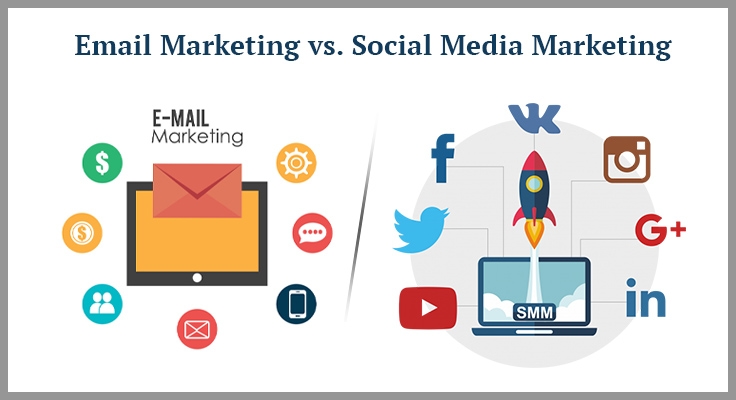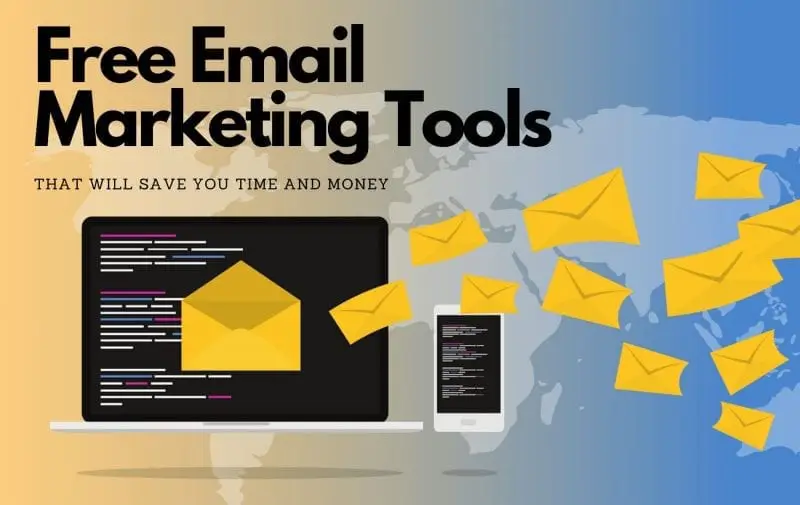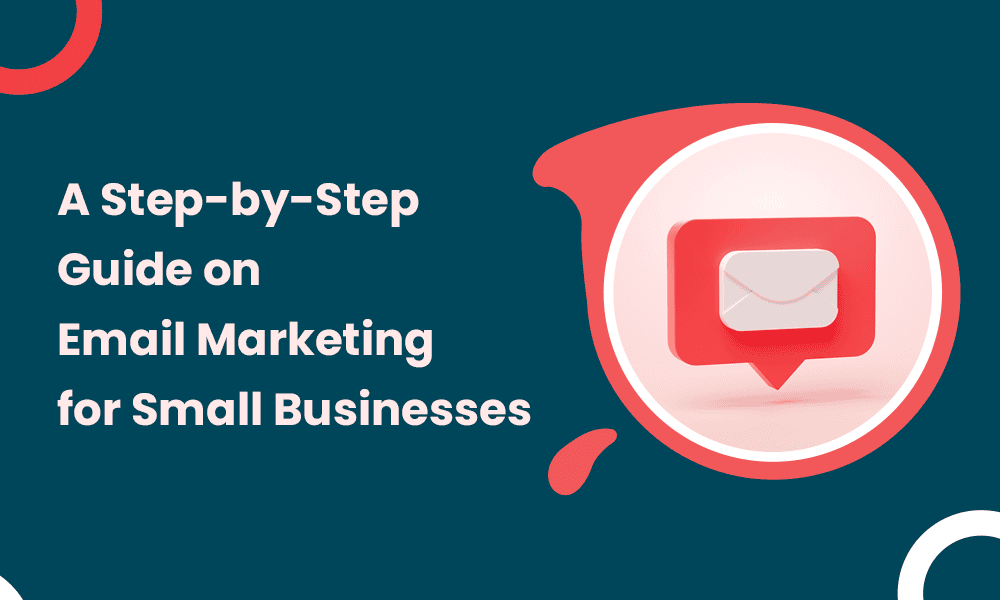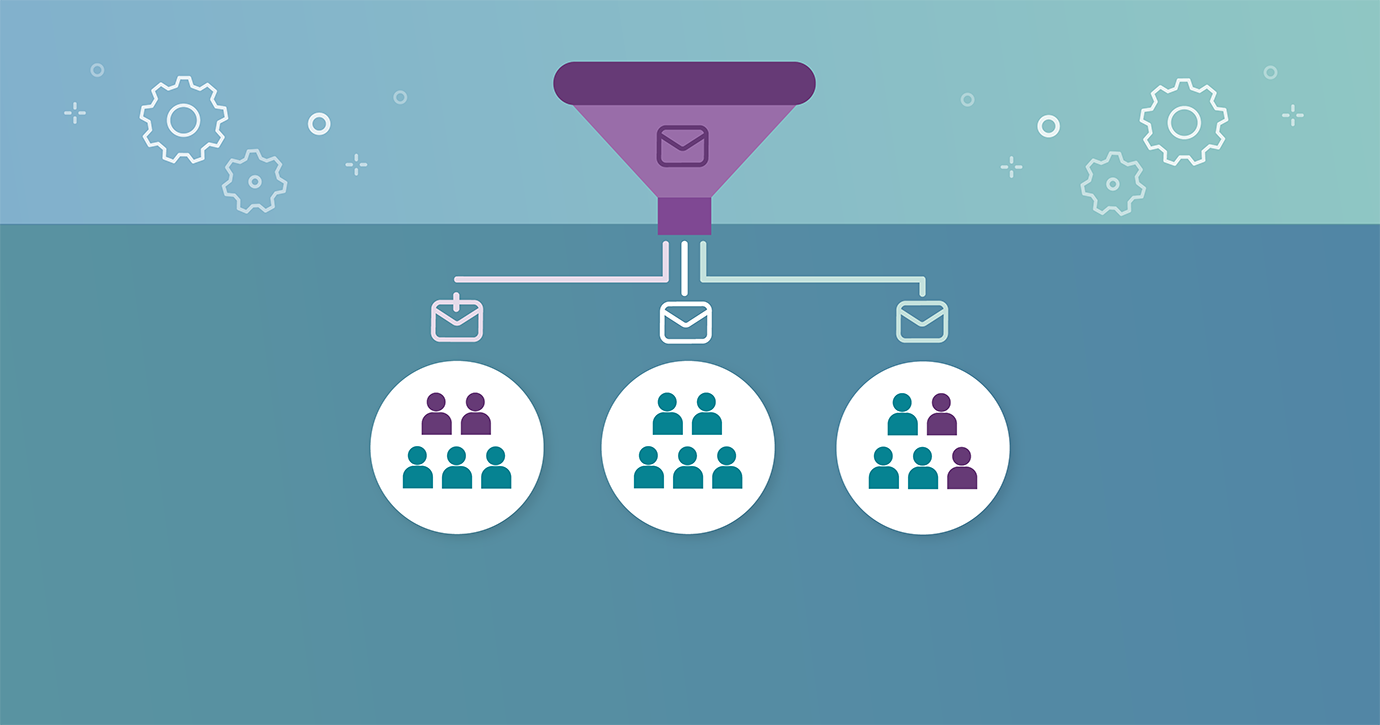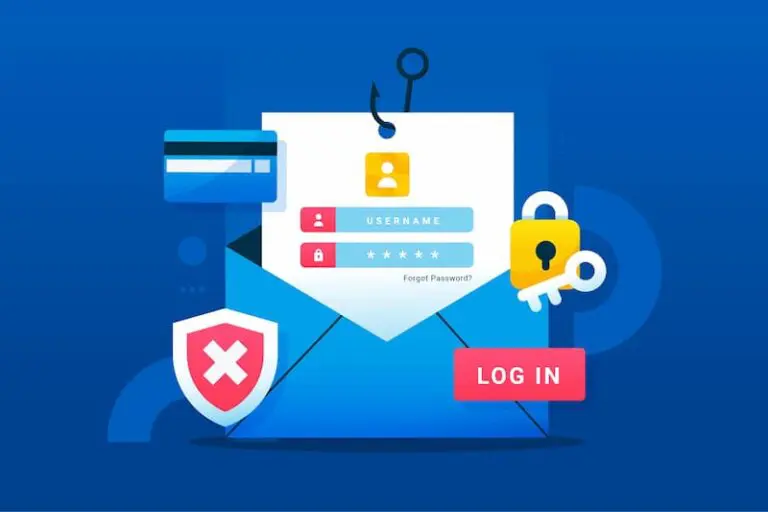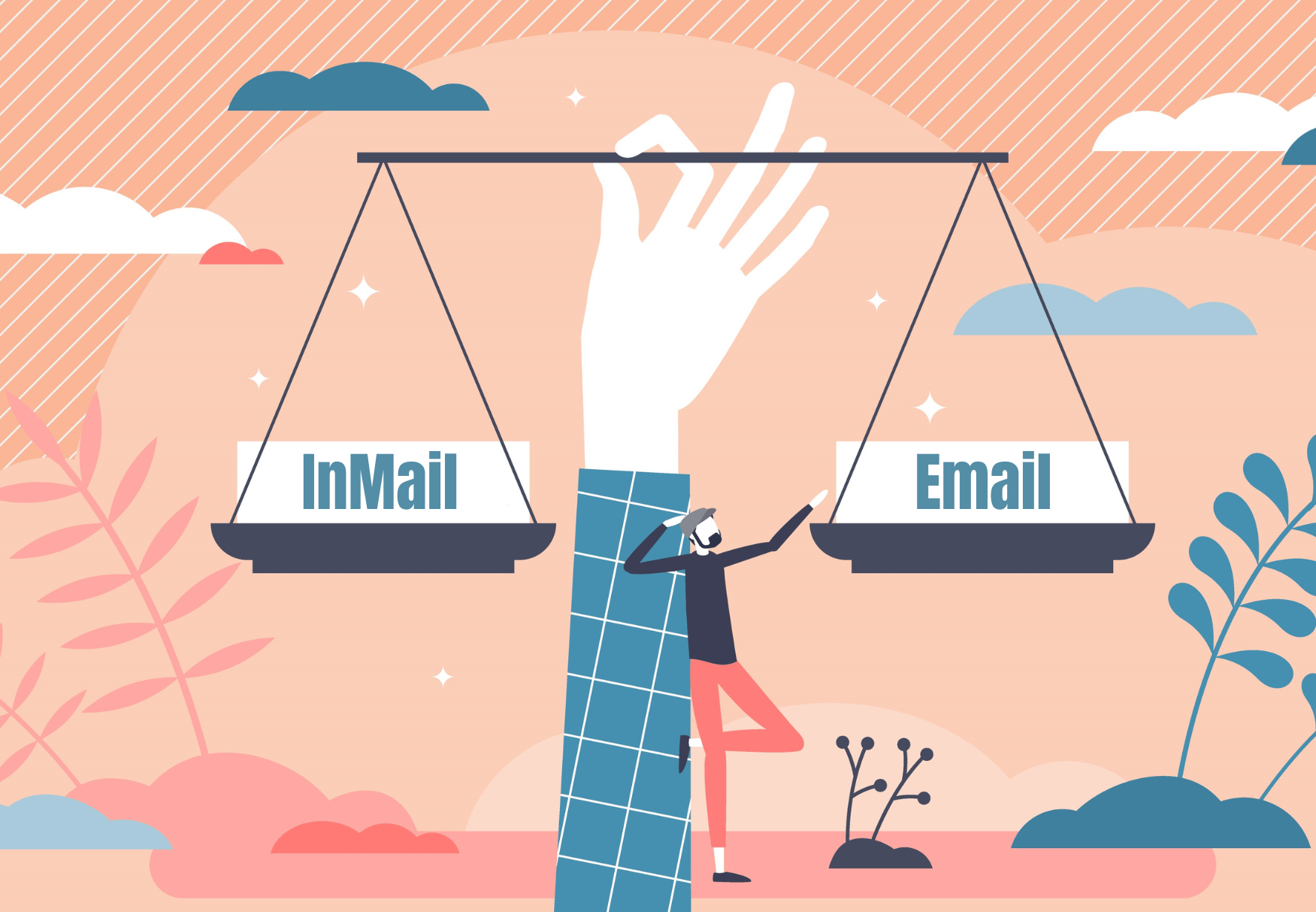Email marketing is a vital strategy for businesses of all sizes. Whether you run an e-commerce store or provide services, email campaigns help you reach your audience and keep them engaged.
However, many small business owners overlook how to measure the success of their email campaigns. Sending emails without tracking key performance indicators (KPIs) means missing out on important insights that could grow your business.
One important KPI to monitor is your email unsubscribe rate. This metric shows the percentage of subscribers who opt out of your emails. Understanding and managing your unsubscribe rate is key to improving your campaign performance.
What Is an Email Unsubscribe Rate?
The unsubscribe rate measures how many recipients choose to stop receiving your emails. It reflects how relevant and welcome your emails are to your audience. A low unsubscribe rate helps maintain good deliverability, while a high rate may indicate that your emails are being seen as spam or irrelevant.
For example, if you send 1,000 emails and 100 people unsubscribe, your unsubscribe rate is 10%. This may suggest your content or frequency needs adjustment.
Industry Benchmarks for Unsubscribe Rates
Unsubscribe rates vary by industry, typically ranging from 1% to 2%. If your unsubscribe rate is significantly above this range, it’s a signal to reevaluate your email content and sending frequency. Keeping an eye on these benchmarks helps you stay competitive and ensures your emails resonate well with your audience.
How to Calculate Your Unsubscribe Rate
You can calculate the unsubscribe rate by dividing the number of unsubscribes by the number of emails delivered, then multiplying by 100 to get a percentage:
Unsubscribe Rate = (Number of Unsubscribes / Emails Delivered) × 100
Most email marketing platforms also provide this metric automatically.
Why Do People Unsubscribe from Emails?
Even when emails are collected properly through opt-in methods, subscribers may unsubscribe due to:
- Incorrect expectations: If your emails don’t match what subscribers anticipated, they’ll likely opt out.
- Poor design: Difficult-to-read or unprofessional emails reduce trust and engagement.
- Lack of segmentation: Sending irrelevant offers to the wrong audience causes frustration.
- Spamming: Overloading inboxes with too many emails pushes people away.
Six Effective Strategies to Reduce Unsubscribe Rates
If your unsubscribe rate is high, try these approaches:
- Avoid purchasing email lists: Unsolicited emails lead to higher unsubscribes and hurt your sender reputation.
- Segment your audience: Tailor content for specific groups to increase relevance.
- Personalize emails: Customized messaging resonates better and reduces unsubscribes.
- Set clear expectations: Let subscribers know what kind of emails they’ll receive and how often.
- Improve email design: Use clean, readable layouts with engaging content.
- Manage sending frequency: Find the right balance to avoid overwhelming your subscribers.
Monitoring and adjusting these elements can help you lower your unsubscribe rate and enhance your overall email marketing success.
